Petzl Tikkina®300 Headlamp
Availability: NZ stock Dispatch: 1-2 working days
NZ Stock items are dispatched either from our own warehouses or directly from our key suppliers. The dispatch time indicates the expected period for your order to be processed, including picking and packing.
 Shipping
more info...
Shipping
more info...
Petzl Tikkina®300 Headlamp - Blue is backordered and will ship as soon as it is back in stock.
Description
Description
Equipped with 300 lumens of brightness and a comfortable, uniform light source, the Petzl Tikkina®300 headlamp is perfect for illuminating your adventures under the night sky. Whether you're reading in your tent or navigating the campsite, this compact and lightweight headlamp is easy to use with its single button and adjustable headband. It can even fit in your pocket or backpack, making it a convenient companion for any outing. The TIKKINA® comes with 3 standard batteries and is also compatible with the CORE rechargeable battery, featuring a HYBRID CONCEPT design.
Features
- Compact and lightweight: weighs just 92 g
-
Even and comfortable proximity lighting:
- Offers a wide and consistent beam, ideal for close-range visibility or for lighting the area around the feet
- Provides three lighting modes: MAX BURN TIME for prolonged use, STANDARD for a balanced output and duration, and MAX POWER for maximum brightness
-
User-friendly design:
- Operated with a single button, enabling quick and simple selection of lighting levels
- Equipped with a tilting plate, making it easy to angle the lamp up or down as needed
- Features a removable and washable headband, designed symmetrically for effortless adjustment
- Designed with the HYBRID CONCEPT in mind: the TIKKINA® is supplied with three AAA/LR03 batteries, but is also compatible with the CORE rechargeable battery (sold separately); it intelligently recognises the power source and adapts the lighting accordingly
- Can be paired with the HELMET ADAPT and BIKE ADAPT 2 mounts, allowing it to be securely attached to various types of helmets or to a bicycle (1)
(1) WARNING: This lamp is not road-certified. When used in areas governed by traffic laws, Petzl headlamps do not replace legally mandated lighting systems.
Specifications
| Brightness | 300 lumens (ANSI/PLATO FL 1) |
| Weight | 92 g |
| Beam pattern | Wide |
| Energy | Three AAA/LR03 batteries (included) or CORE rechargeable battery (available as accessory) |
| Battery compatibility | Alkaline, lithium, or Ni-MH rechargeable |
| Certification(s) | CE |
| Watertightness | IPX4 (weather-resistant) |
| Inner Pack Count | 1 |
Lighting Performance
Lighting performance with 3 AAA / LR03 batteries
| Lighting performance as defined by the ANSI/PLATO FL 1 protocol | |||||
| Lighting Color | Lighting Levels | Brightness | Distance | Burn Time | Reserve Lighting |
| White | MAX BURN TIME | 7 lm | 10 m | 100 h | - |
| STANDARD | 100 lm | 40 m | 10 h | 20 h | |
| MAX POWER | 300 lm | 65 m | 2 h | ||
Lighting performance with rechargeable CORE rechargeable battery
| Lighting performance as defined by the ANSI/PLATO FL 1 protocol | |||||
| Lighting Color | Lighting Levels | Brightness | Distance | Burn Time | Reserve Lighting |
| White | MAX BURN TIME | 7 lm | 10 m | 120 h | - |
| STANDARD | 100 lm | 40 m | 7 h | ||
| MAX POWER | 300 lm | 65 m | 3 h | ||
Technology
Technical Notice
- Download the PDF : technical-notice-TIKKINA-3 - 1.44 MB
- Download the PDF : technical-information-ANSI - 0.07 MB
- Download the PDF : HEADLAMPS - ACCESSORY COMPATIBILITY - 0.55 MB
Declaration Of Conformity
Tips for maintaining your equipment
Video
Technical Content
HOW IS LIGHTING PERFORMANCE MEASURED WITH THE ANSI/PLATO FL1 PROTOCOL?
|
WARNINGS
|
ANSI/PLATO FL1 |
|
Brightness (lumens) This measurement is taken between 30 and 120 seconds after the headlamp is turned on. It indicates the maximum light output, when the lamp is first turned on, using new batteries. |
|
|
Lighting distance (meters) This is the maximum distance between the lamp and the location where only 0.25 lux of illumination remains. The measurement is taken when the lamp is turned on, using new batteries. Lighting distance depends directly on brightness, but mainly on the shape of the beam. |
|
|
Burn time (hours) This corresponds to the length of time during which lighting is optimal. It is measured 30 seconds after the lamp is turned on and for as long as the lamp takes to drop to 10 % of maximum light output. |
|
Reserve lighting (outside the scope of ANSI/PLATO FL1) In addition to these measures, Petzl guarantees reserve lighting. Reserve lighting provides enough light for walking. However, the light may not be sufficient for fast-paced activities (such as running, mountain biking, skiing...). |
Example of a light output curve for a STANDARD LIGHTING headlamp.
INFORMATION ON LED LIGHTING
As a headlamp manufacturer concerned for the safety of its customers, Petzl has chosen to present information in its product instructions about the risks to the eyes associated with LED lighting. For this, the company uses the EN 62471: 2008 standard, photobiological safety of lamps and devices using lamps, though it is not mandatory. This standard classifies lamps according to risk groups.
Led Lighting And Blue Light
Most of today's headlamps are made with LEDs (Light Emitting Diodes). Currently, the most profitable way to make white LEDs is to combine a blue-wavelength diode with a yellow luminophore.
As seen in the diagram below, LEDs emit primarily blue light (wavelength 450-495 nm).
Emission spectrum of a Petzl headlamp
In case of direct, repeated exposure at high power, blue light can harm the eyes: retinal damage, aggravation of macular degeneration, blinding. These risks are especially significant for children because of their higher sensitivity to blue light.
This is why as a headlamp manufacturer, Petzl has a duty to inform its customers of the existence of these risks, even if they are minimal for normal use of Petzl headlamps.
Risk Groups
The EN 62471: 2008 standard on the photobiological safety of lamps provides a methodology for measuring and classifying the risks due to blue light emission.
The risk groups are as follows:
- Risk group 0: no risk.
- Risk group 1: low risk. The product presents no risk related to exposure limits under normal usage conditions.
- Risk group 2: moderate risk. The reflex to look away from the lamp suffices to reduce the risk.
- Risk group 3: high risk. The product can present a risk even with a momentary or short exposure.
Depending on the risk group. the manufacturer must make a label and/or a specific informational notice.
It is important to underline that the risk level is partly related to the distance between the light source and the eye. Thus, moving away from the light source reduces the risk level. The risk level is also related to the duration of exposure.
Brightness and beam shape are other factors influencing the risk level. Note that Petzl determines the risk level of its lamps by testing the worst-case scenario: a focused beam at maximum brightness.
Moreover, the risk group is currently evaluated at 20 cm from the lamp, which is relatively close compared to a common accidental exposure.
How Does Petzl Communicate In Its Instructions?
Here is an example of an informational insert on photobiological risk given in the Instructions for Use for Petzl headlamps:
Petzl communicates about the maximum risk associated with its lamps, specifying the distances at which this risk level is reduced. For this example, the lamp is classified in risk group 2. The lamp moves to risk group 1 when it is at a distance of 1.3 m from the user's eyes.
You should know that most headlamps currently on the market are classified in a risk group greater than or equal to 1. However, few manufacturers communicate about this risk.
Recommendations
Regardless of a lamp's risk level, we recommend:
- Never look directly at a lit headlamp
- Avoid aiming a headlamp beam into another person's eyes
- Do not leave a child alone with a headlamp, as children's eyes are especially sensitive to blue light
For more information, see the ANSES report: Health effects of lighting systems using light-emitting diodes (LEDs).
HYBRID CONCEPT: THE CHOICE OF STANDARD BATTERIES OR CORE RECHARGEABLE BATTERY FOR YOUR HEADLAMP
The HYBRID CONCEPT construction allows Petzl HYBRID headlamps to run on either the CORE rechargeable battery or three AAA/LR03 batteries, without an adapter. A practical and flexible solution that allows the user to take advantage of each of these energy sources, depending on use.
To help you choose between standard batteries or CORE battery, here are the different impacts of using one or the other energy source on the operation of your lamp:
Brightness
When you turn on the lamp, the brightness is about the same with standard batteries or the CORE battery. The brightness difference at switch-on is around maximum 10 %.
However, there is a performance difference when the lamp is in use:
| With the CORE battery, brightness generally stays constant over the entire rated burn time. | |
|
With standard batteries, brightness gradually decreases as the batteries are drained. |
|
Note that depending on the battery brands used, performance may differ from Petzl’s rated specifications. This is due to variance in battery quality. For your information, our performance measurements are taken with new batteries (DURACELL) in accordance with the PLATO / ANSI FL 1 standard.
|
Burn Time
The rated burn time for the CORE rechargeable battery is less than with standard batteries due to a different discharge mode.
Self-Discharge
Self-discharge is very low for the CORE rechargeable battery; it is negligible for a standard battery.
|
|
For long-term storage, be sure to store your battery in a cool, dry place, away from exposure to heat (less than 25° C). Remove standard batteries or CORE battery from your lamp. Be sure to recharge your CORE battery regularly (about every 6 months). Check the expiration date on your batteries. |
Usage in cold conditions
Standard batteries, like the CORE rechargeable battery, are sensitive to cold below 0° C. Between 0° and -20° C, burn time can be reduced by up to 50 %.
|
|
Whether using standard or rechargeable batteries, at less than 0° C we recommend keeping the lamp warm when not in use, for example in a pocket. |
WATERTIGHTNESS AND IP RATING
A Headlamp's Watertightness is Ensured by its IP Rating
This rating classifies the level of protection offered by equipment against ingress by solids (e.g. dust) and liquids (e.g. water, oil).
Two Standards Govern the IP Rating
The IEC 60529 standard involves all electronic products, including headlamps. It defines the levels of protection against solids and liquids and describes the tests to be done depending on the product's IP rating.
The IP rating consists of two digits:
- The first digit indicates protection against solids.
- The second digit indicates protection against liquids. More commonly called watertightness.
| Rating |
1st digit (tens) Protection against solids |
2nd digit (ones) Protection against water ingress with harmful effects |
| 0 |
No protection |
No protection |
| 1 |
Protection against solids greater than 50 mm in diameter |
Protection against vertically falling water drops |
| 2 |
Protection against solids greater than 12.5 mm in diameter |
Protection against water drops (15° from vertical) |
| 3 |
Protection against solids greater than 2.5 mm in diameter |
Rain |
| 4 |
Protection against solids greater than 1.0 mm in diameter |
Protection against spraying water |
| 5 |
Dust protection |
Protection against water jets |
| 6 |
Completely protected against dust |
Protection against powerful water jets |
| 7 |
- |
Protection against temporary immersion -1 meter for 30 minutes |
| 8 |
- |
Protection against prolonged immersion; duration and depth defined by the manufacturer |
Note: When a criterion has not been tested, the number is replaced by X (e.g., IPX6 indicates that the product has not been tested for solids).
ANSI/PLATO FL 1 standard defines an additional concept by giving test acceptance criteria for the IPX4, IPX7 and IPX8 ratings.
| IPX4 | The lamp functions just after the test and 30 minutes after the test. Water drops allowed in the lamp after the test, provided there is no short-circuit or electrical fault. |
| IPX7 | The lamp functions just after the test and 30 minutes after the test. No water allowed in the lamp after the test |
| IPX8 |
To define a headlamp IP rating, a manufacturer can rely solely on the IEC 60529 standard by defining its own test acceptance criteria, or use the acceptance criteria given in the ANSI/PLATO FL 1 standard.
What Watertightness Tests are Done on Petzl Headlamps?
To claim an IP rating on its headlamps, Petzl chose to do its testing internally. Petzl follows the test protocol defined in the IEC 60529 standard and the test acceptance criteria from the ANSI/PLATO FL1 standard.
Petzl has a test laboratory (oscillating tube, water tank and watertightness chamber) that allows the necessary tests to be done in order to determine the watertightness of a lamp.
What are the IP Ratings of Petzl Headlamps?
- All of our headlamps are at least IPX4 (weather resistant): a rating suitable for most headlamp use in rain, snow or a humid environment.
- The e+LITE® lamp is IPX7 (watertight to -1 meters for 30 minutes in fresh water).
- The DUO S lamp is IP67 (watertight to -1 meters for 30 minutes in fresh water and dust tight).
BEAM QUALITY
Aside from the various beam patterns, it is important to check their uniformity. Whatever the pattern, the beam of a Petzl headlamp is always uniform and therefore comfortable. Moreover, to ensure optimal lighting, the optics of our headlamps are designed with extreme precision and equipped with the highest-quality components.
The quality of the beam is totally dependent on that of the LEDs and of the optics' design. The latter is complex and requires the knowledge of an optical engineer. Petzl chose long ago to integrate these skills into its research and development teams, and also to work closely with external laboratories.
|
Petzl Headlamps |
Perfectly uniform beam: no dark spots, irregularities or blinding spots to impede visibility and reduce visual comfort. |
|
The Beams of other Headlamps |
Presence of a central bright spot: blinding |
Presence of visual defects: lack of precision, discomfort, fatigue |
BEAM PATTERN
Beam pattern is a key factor in lamp selection. Be sure to select a beam pattern that works well for your chosen application. A flood beam is not suitable for distance vision in the mountains. In the same way, a focused beam won't work well for proximity vision or reading a map. This is why this factor is a key design element, among others, in the Petzl headlamp line. Thus, the lamps feature different beam patterns, in order to best suit the diverse needs of our users. These range from a flood beam for proximity vision, to a focused beam to see at a distance or probe a specific location.
|
Wide Beam
Activities: travel, family, children, camping, DIY, home use, repair work, reading... |
Mixed Beam (Flood + Focused)
Activities: hiking, trekking, mountaineering, caving... |
Focused Beam
Activities: trail running, expeditions, technical mountaineering, back-country skiing, multi-activity races, biking, orienteering... |
Payment & Security
Payment methods
Your payment information is processed securely. We do not store credit card details nor have access to your credit card information.
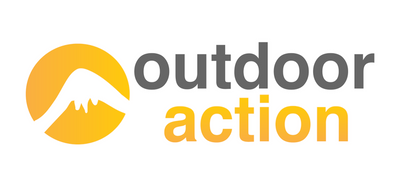
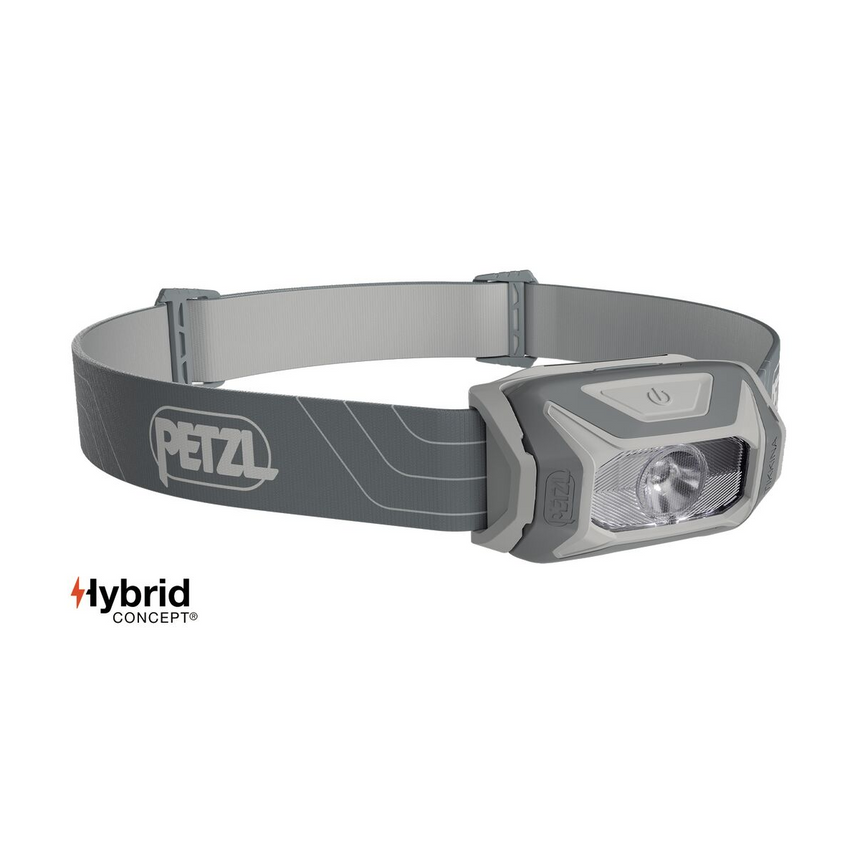

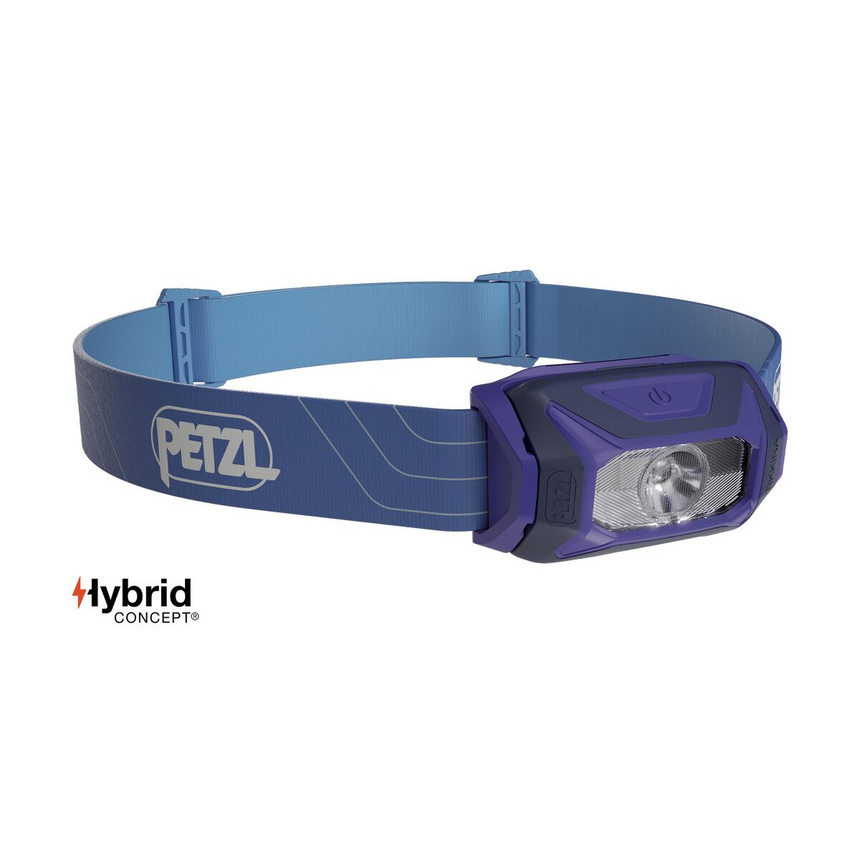

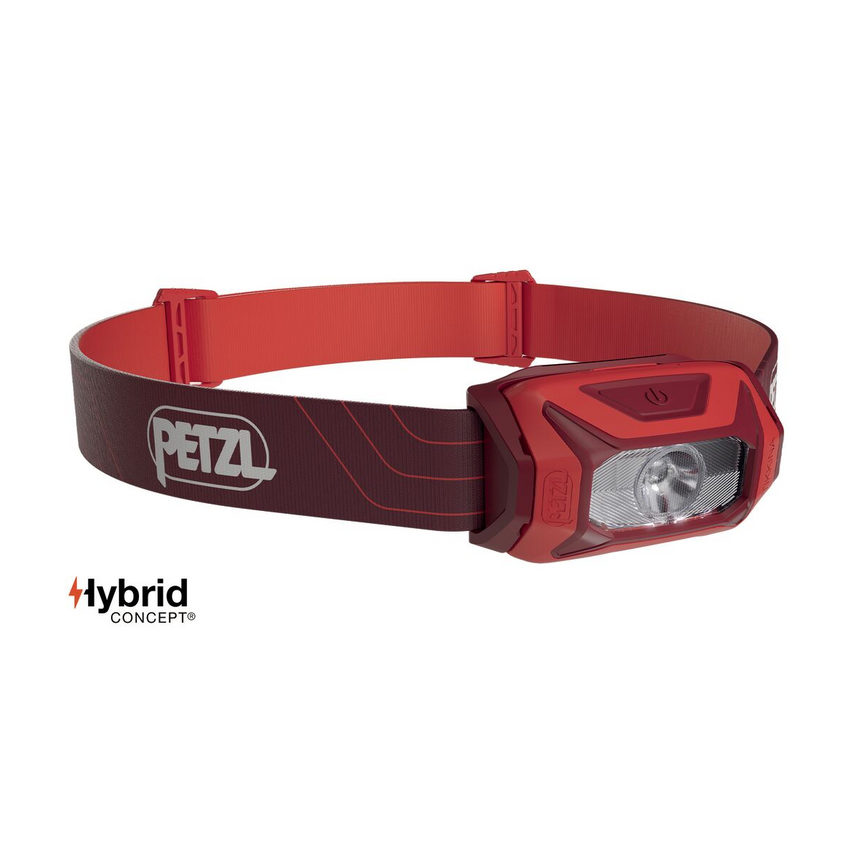

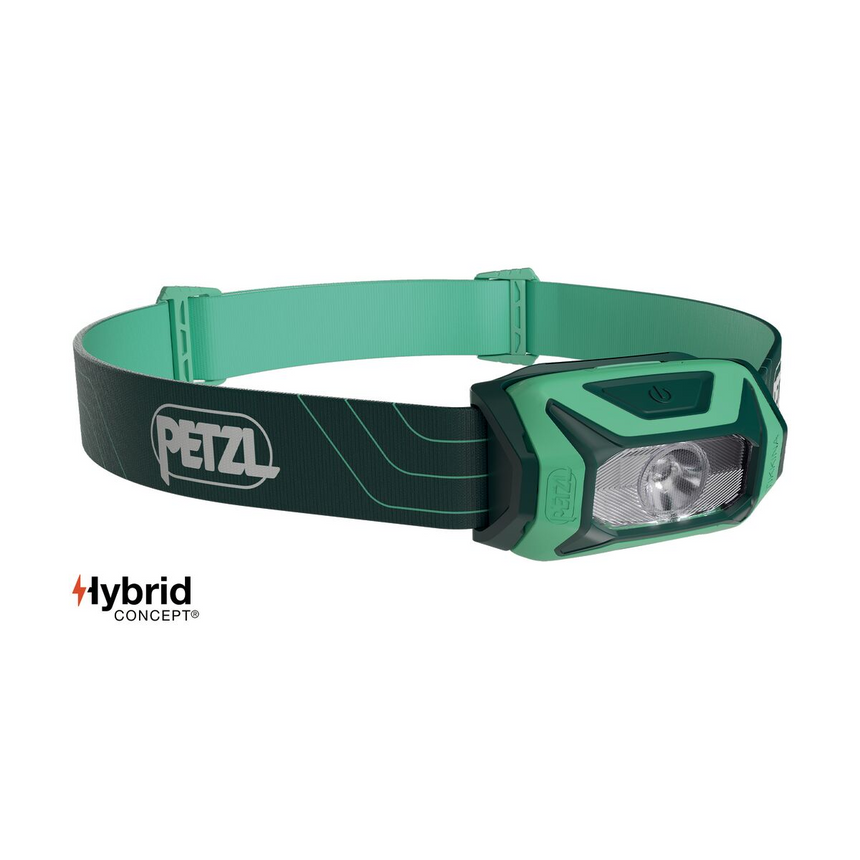

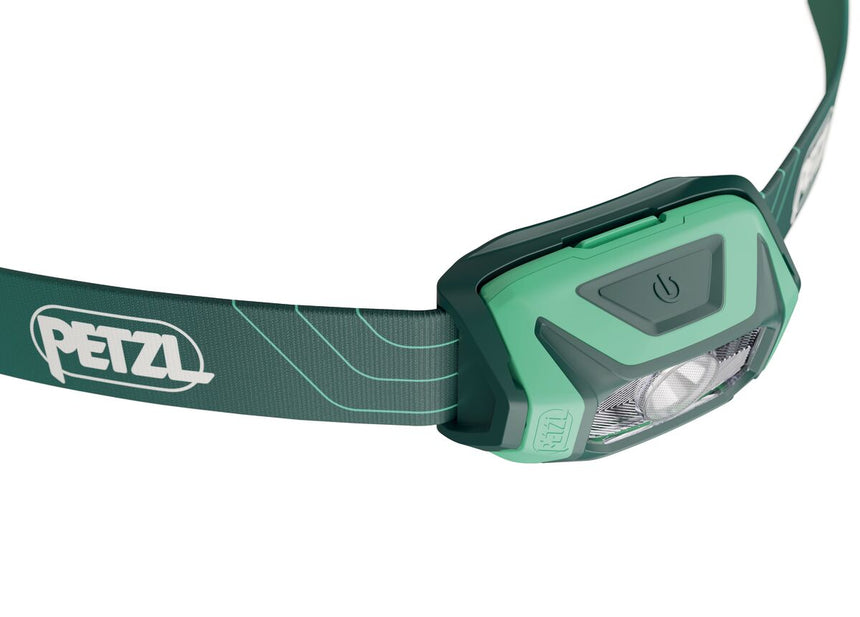

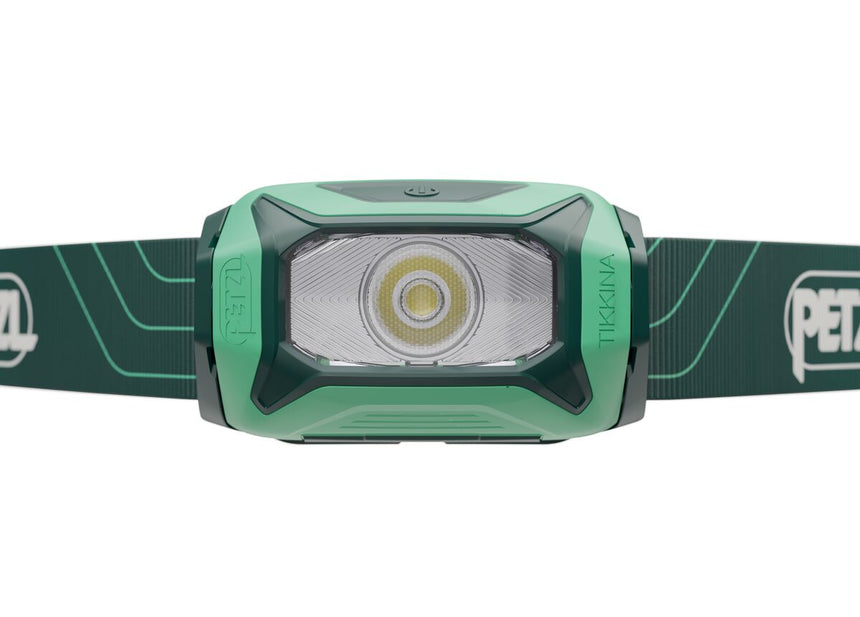

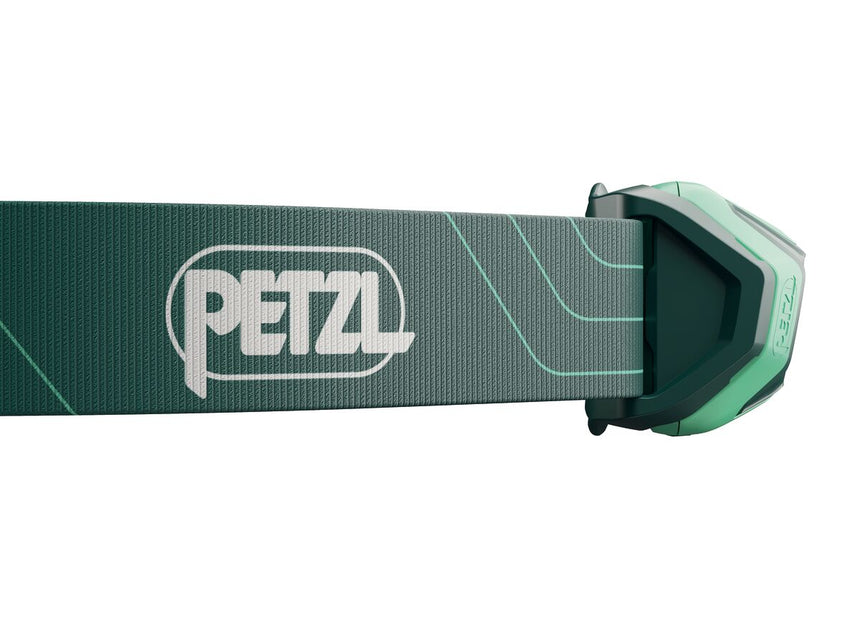

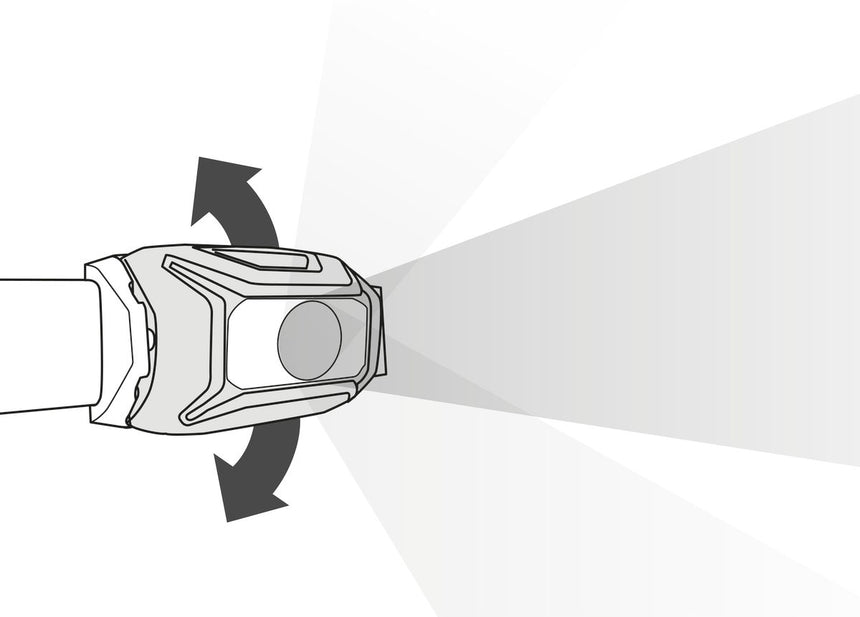



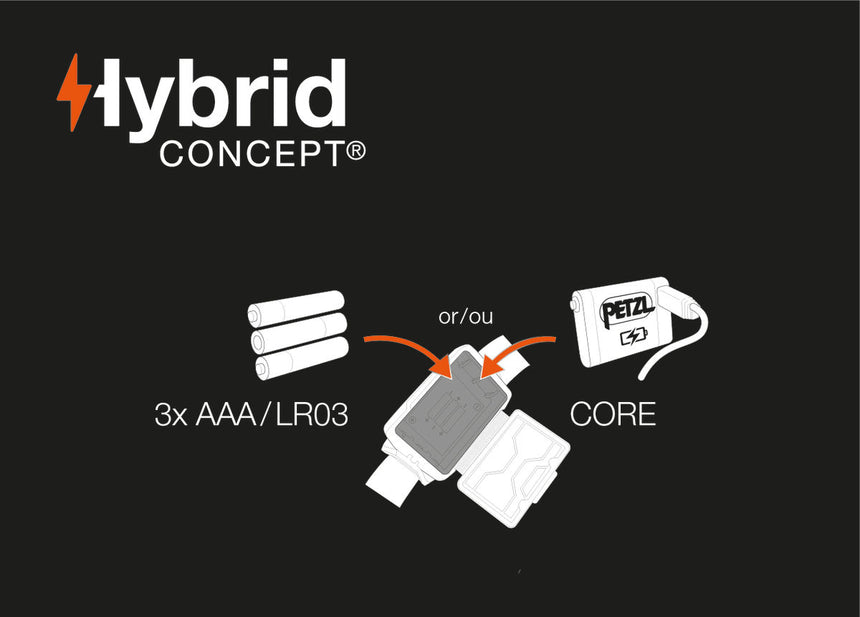

 Shipping
Shipping




